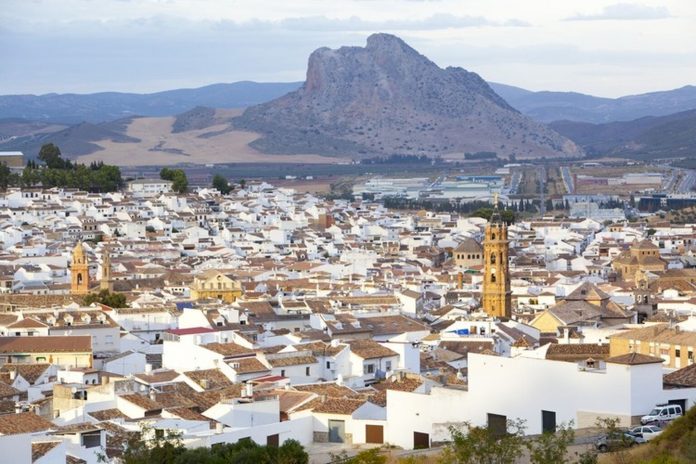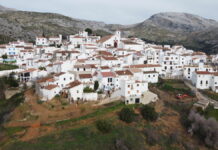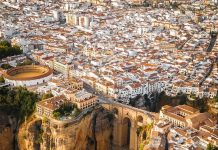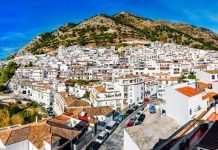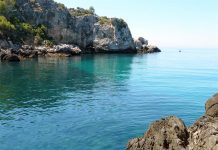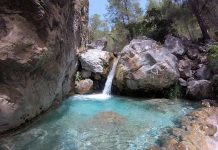In this post, we present a list of the 5 best villages to visit in the province of Málaga.
Ronda
Ronda is one of the most famous villages in Málaga. In fact, it is considered a Historic-Artistic Ensemble and is incredibly beautiful.
It is a village with a rich architectural heritage, and its most famous monument is the Ronda Gorge, which can be seen from its highest point, the Puente Nuevo, standing at a height of 100 meters and offering a breathtaking view of the gorge. As an anecdote, it is colloquially referred to as the “Balcón de coño” because visitors often can’t help but express their amazement using that expression.
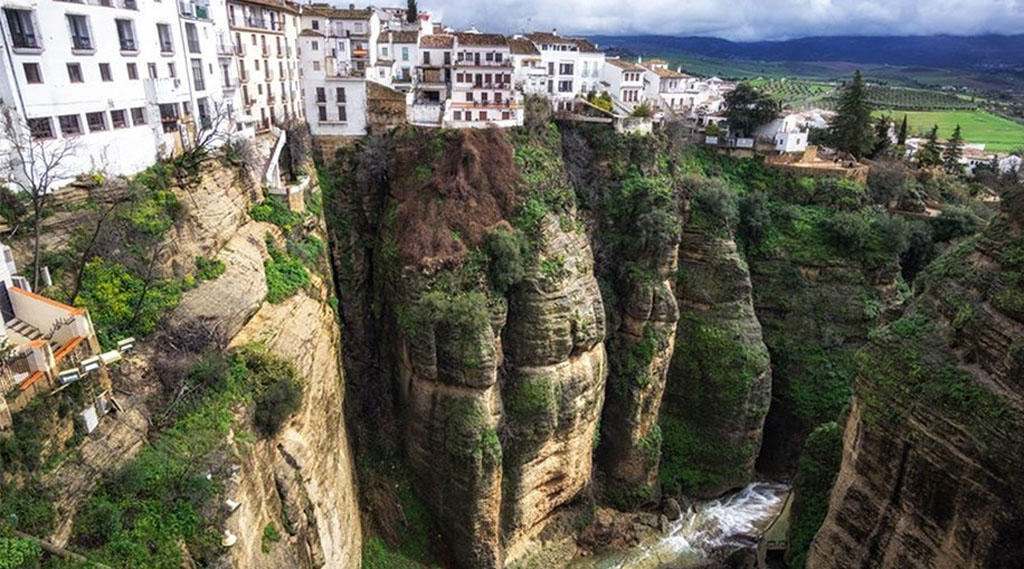
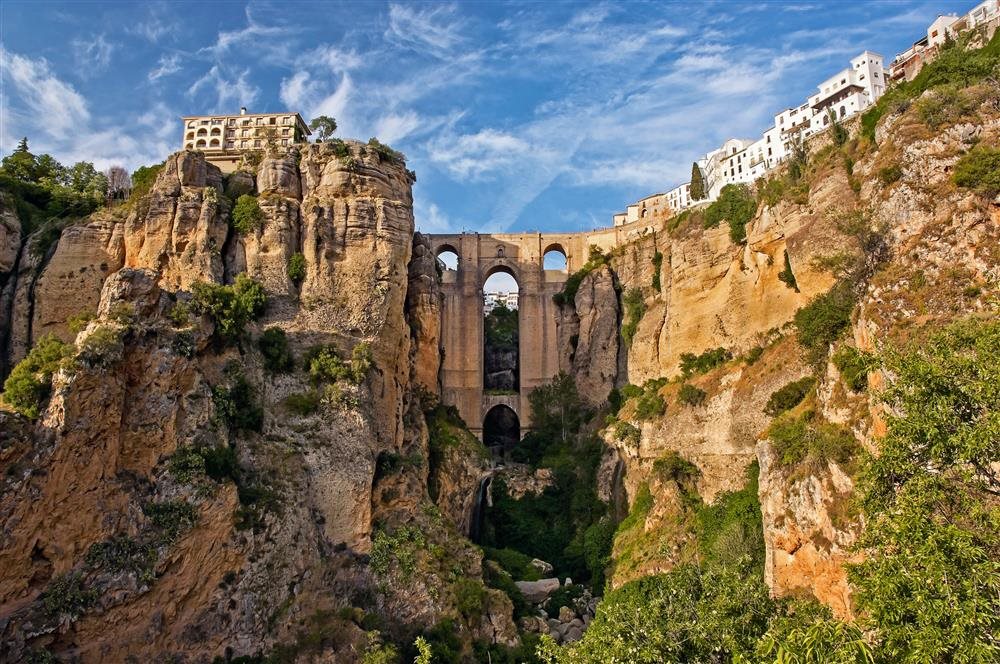
Exploring its streets
You will encounter many buildings that showcase the Arab influence on the city, such as the Palace of the Moorish King. To reach it, you must climb a significant number of stairs, but the views that await you are well worth it. Other palaces, like the Mondragón Palace and the Marqués de Salvatierra Palace, also reflect the city’s rich cultural heritage. The Arab Baths are another highlight, as they are the best-preserved Arab baths in all of Spain. Additionally, be sure to visit and take a stroll through the Cuenca Gardens after crossing the old bridge.
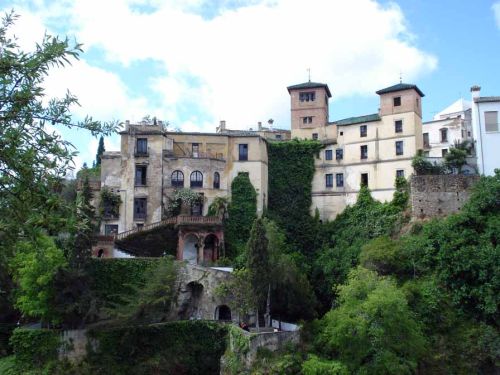
We also highlight the modernist House of San Juan Bosco, and the most outstanding churches in the city, such as Santa María La Mayor, Caridad and Espíritu Santo, which are a must-see, as well as the Santo Domingo Convent, built by the Catholic Monarchs.
Ronda is a city of bandits and the cradle of bullfighting. In this town we find one of the most famous and important bullrings in Spain. The Ronda Bullring was built in 1785 (S.XVIII) and through which the most important figures in the world of bullfighting have passed. This square was declared an Asset of Cultural Interest (BIC) as a monument.

Furthermore, Ronda boasts numerous viewpoints and fantastic restaurants where you can indulge in the famous “rabo de toro” (bull’s tail), a classic dish of the region.
Nerja
Nerja is another beautiful village in Málaga known for its stunning monuments and some of the best beaches on the Costa del Sol.
One of its main attractions is the famous Nerja Caves (more information: https://infotourmalaga.com/las-cuevas-de-nerja), with a history of 42,000 years. These caves are considered a Cultural Heritage Site and are the fourth most visited monument in Spain. Situated about 200 meters above sea level and covering an area of approximately 140,000 square meters, the caves feature spectacular stalactites and stalagmites and offer guided tours of all their chambers.
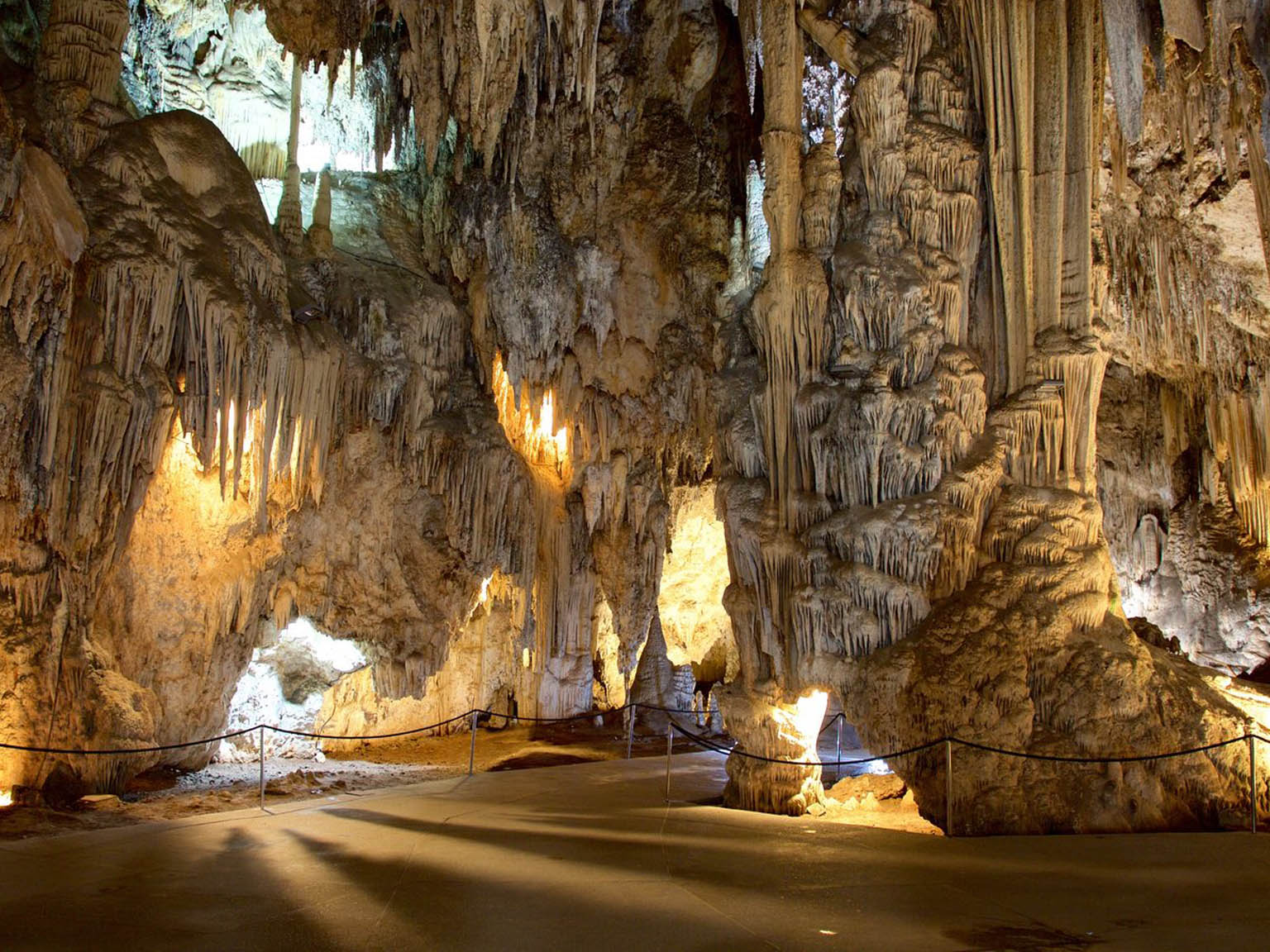
In the beach area, you’ll find the famous Balcón de Europa, a viewpoint that provides the best views of the Costa del Sol, located between the beaches of Calahonda and El Salón.
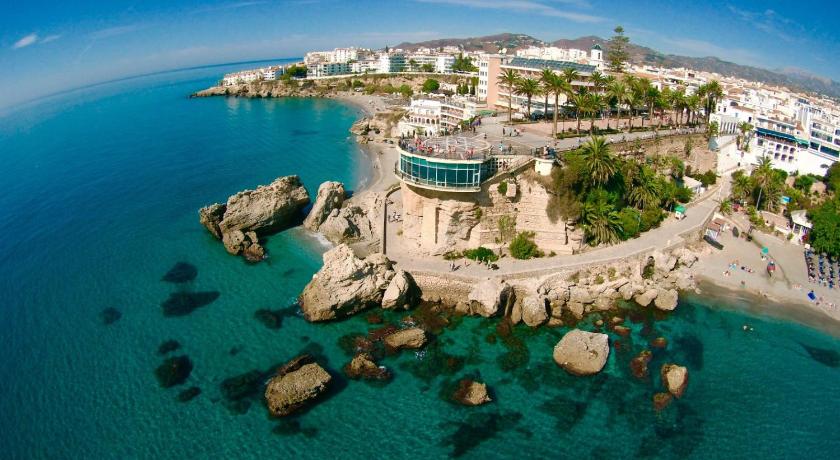
And as previously mentioned, Nerja is home to some of the most beautiful beaches on the Costa del Sol, including Burriana Beach, Maro Beach, and Chorrillo Beach. There are over 16 famous beaches to choose from, including hidden coves where you can enjoy nature, cliffs, and explore wonderful caves.
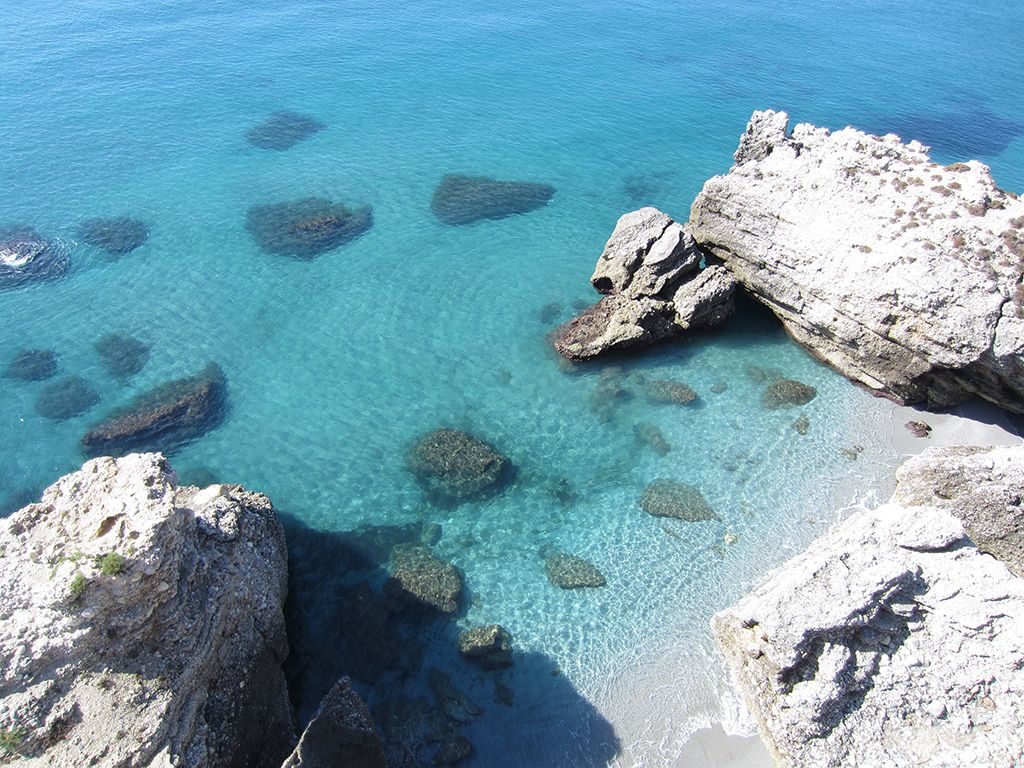
Nerja was also the filming location for the iconic Spanish TV series “Verano azul” in the 80s, and to this day, you can take tours of the village to visit the places that appeared in the series. You may even come across tributes to the show, such as a replica of Chanquete’s boat.
If you venture into the old town, you will encounter traditional whitewashed houses and the Baroque-style Church of San Salvador.
Another experience not to be missed is the Chillar River Walk, where you can enjoy the flora and fauna of the area while descending along the river.
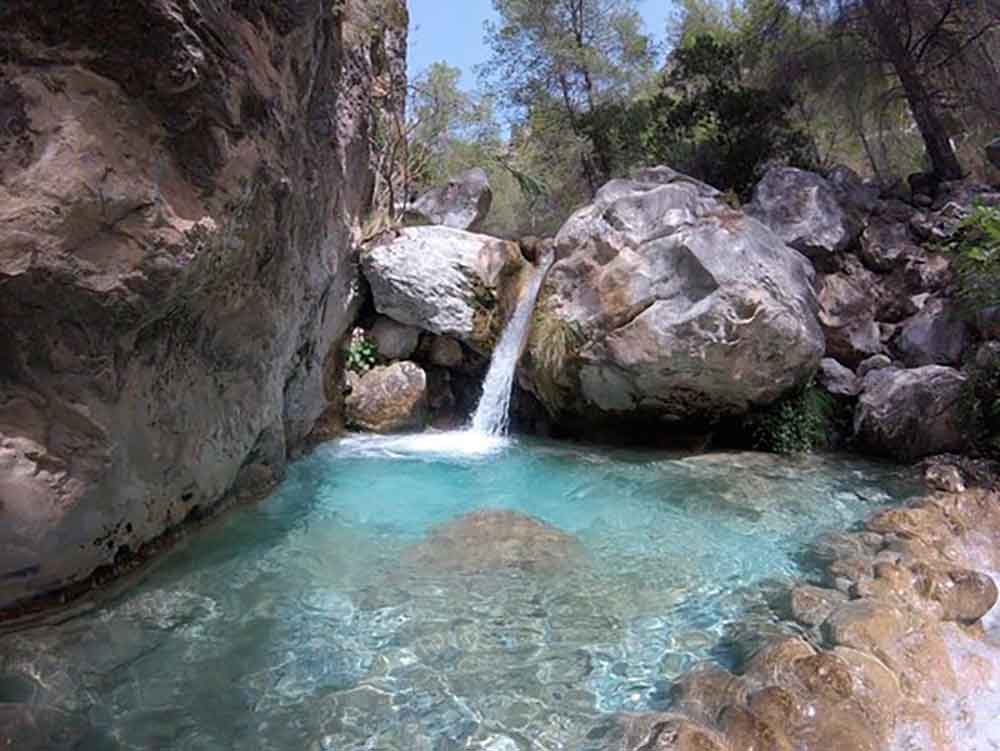
Frigiliana
Frigiliana is one of the most beautiful white villages in Málaga and a true hallmark of the city. It is a typical Andalusian village with white houses, narrow and winding streets, and flowers adorning the facades and balconies.
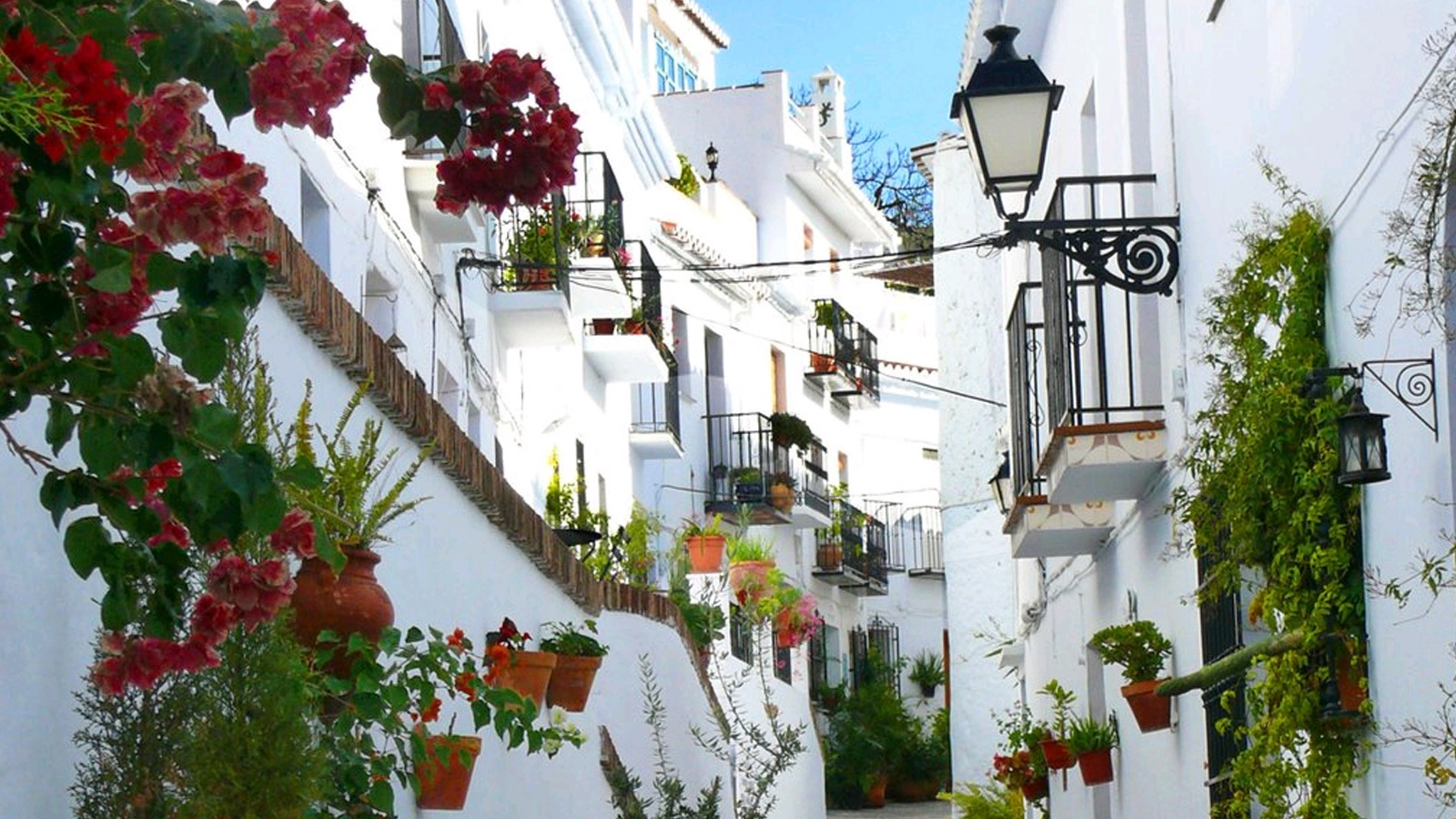
Located at the foot of the Sierra Tejeda, Almijara, and Alhama Natural Park, about a 20-minute drive from Nerja.
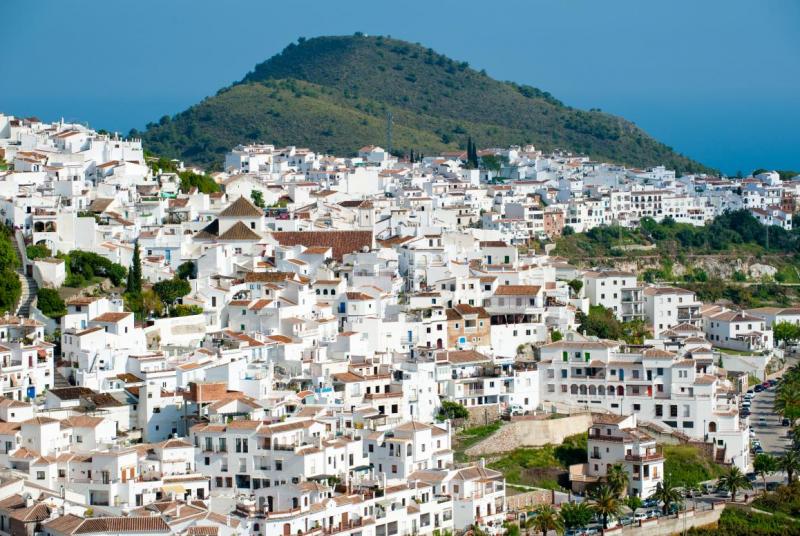
Frigiliana stands out for its narrow streets in the historic center, with passageways and alleys that have preserved their Arab origins. It is considered a Historic-Artistic Ensemble.
Some of the places of interest to visit in Frigiliana include the Palace of the Counts of Frigiliana from the 16th century, which currently houses a molasses factory, the Church of San Antonio from the 17th century, and the Palace of Apero. It is also advisable to visit the Archaeological Museum of the Axarquia, where you can find over 100 artifacts from the surrounding area ranging from the Neolithic period to the 16th century.
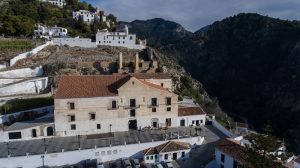
Additionally, Frigiliana boasts beautiful natural spaces such as the Santa Fiora Botanical Garden and a part of the Natural Park of Sierras de Almijara, Tejeda, and Alhama.
In Frigiliana, you will also find numerous craft shops offering ceramics, esparto grass products, glassware, and other materials, where you can purchase a beautiful souvenir.
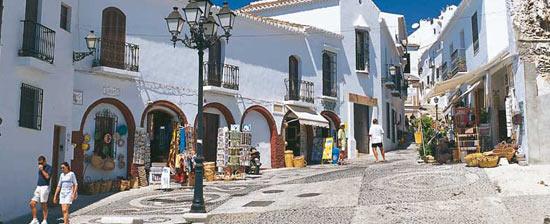
Mijas
Mijas is a village on the Costa del Sol, divided into three urban areas:
- Mijas Pueblo (typical Andalusian village)
- Mijas Costa (industrial and commercial area)
- La Cala de Mijas (coastal area)
For its part, Mijas Pueblo stands out for its white houses adorned with blue flowerpots, a typical image of an Andalusian village. Located in the Serranía de Mijas, it offers spectacular views, including the sea, which can be enjoyed from viewpoints such as the Mirador del Compás, located near the town walls.
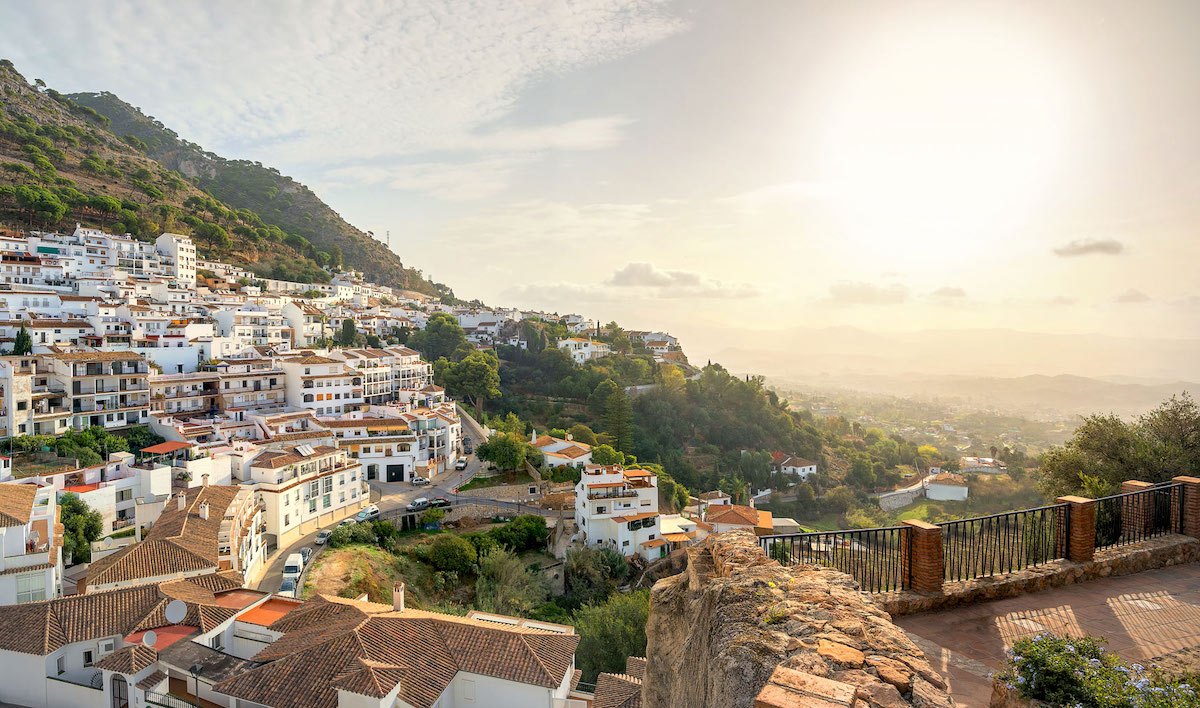
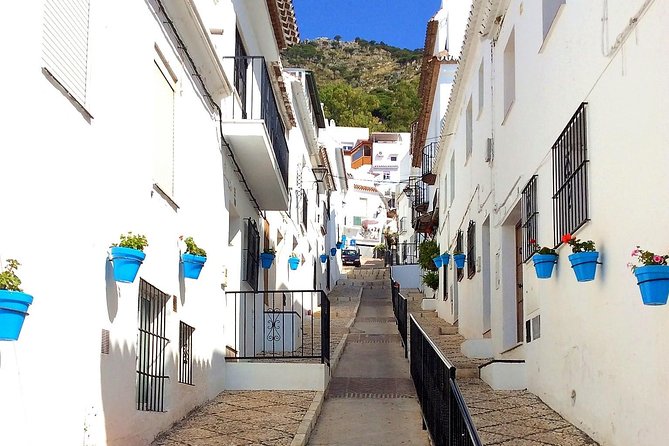
Mijas is famous for its donkey taxis, a unique experience.
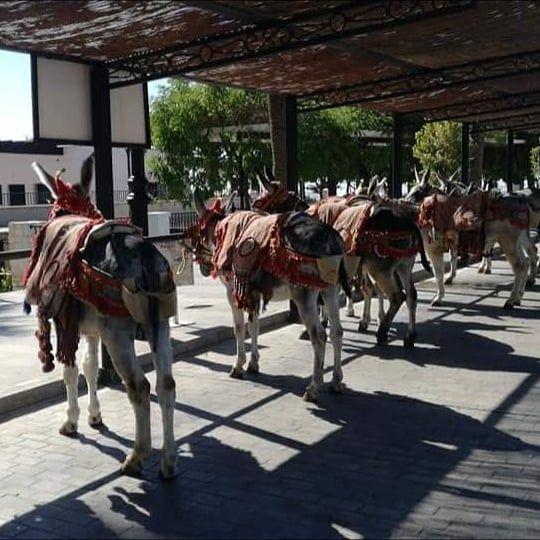
The village’s narrow streets with beautiful gardens are also noteworthy.
In Mijas, you can visit monuments such as the Church of San Sebastián from the 17th century, the Parish Church of the Immaculate Conception from the 16th and 17th centuries, and the Hermitage of the Virgen de la Peña, which is built on a rock.

You should also visit the oval-shaped bullring, Plaza de Toros de Mijas.
Don’t leave without exploring the Cuevas de la Antigua Fragua, small structures where the temperature remains constant throughout the year.
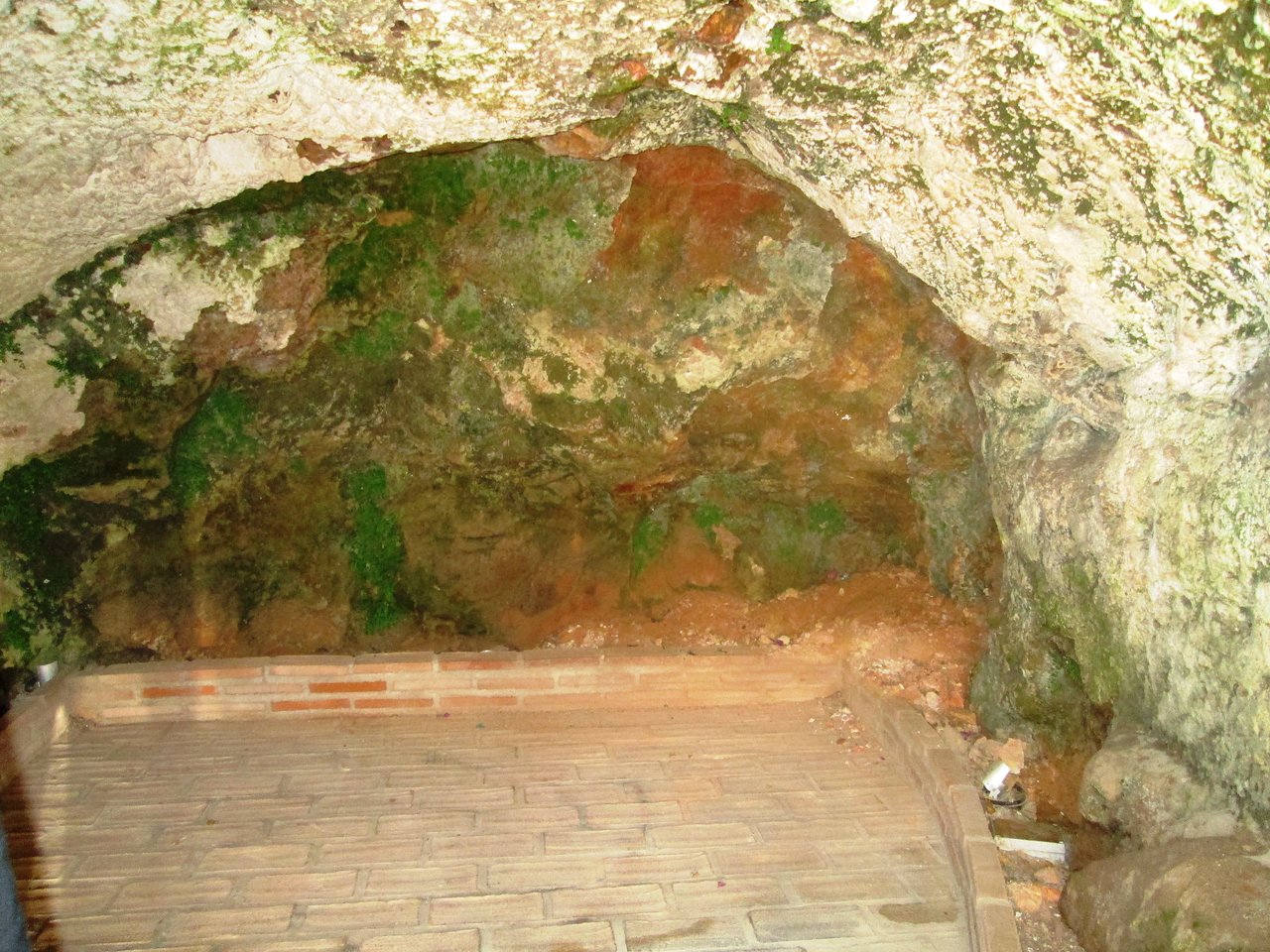
In addition, the village offers numerous craft shops and terraces where you can enjoy a refreshing drink.
Antequera
Antequera is one of the main towns in Málaga in terms of its location, serving as a strategic hub connecting Málaga with the other Andalusian provinces.
It is a town rich in history and art, with a great historical heritage from the Muslim period and surrounded by natural wonders such as the Torcal de Antequera. The Torcal de Antequera is a UNESCO World Heritage Site and features some of the most spectacular karst landscapes in Europe.
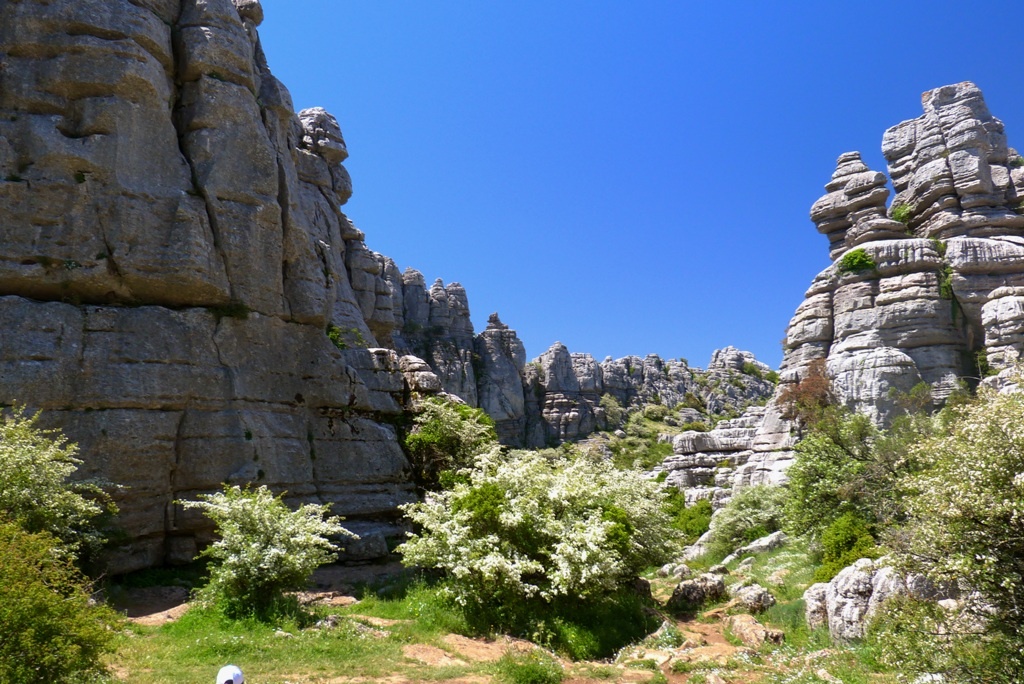
Another notable landmark is the Peñón de los Enamorados (Lovers’ Rock), colloquially known as the “Indian’s Head,” which is said to represent the head of a reclining Native American. The rock is associated with a legend of impossible love between a Muslim woman and a Christian man.
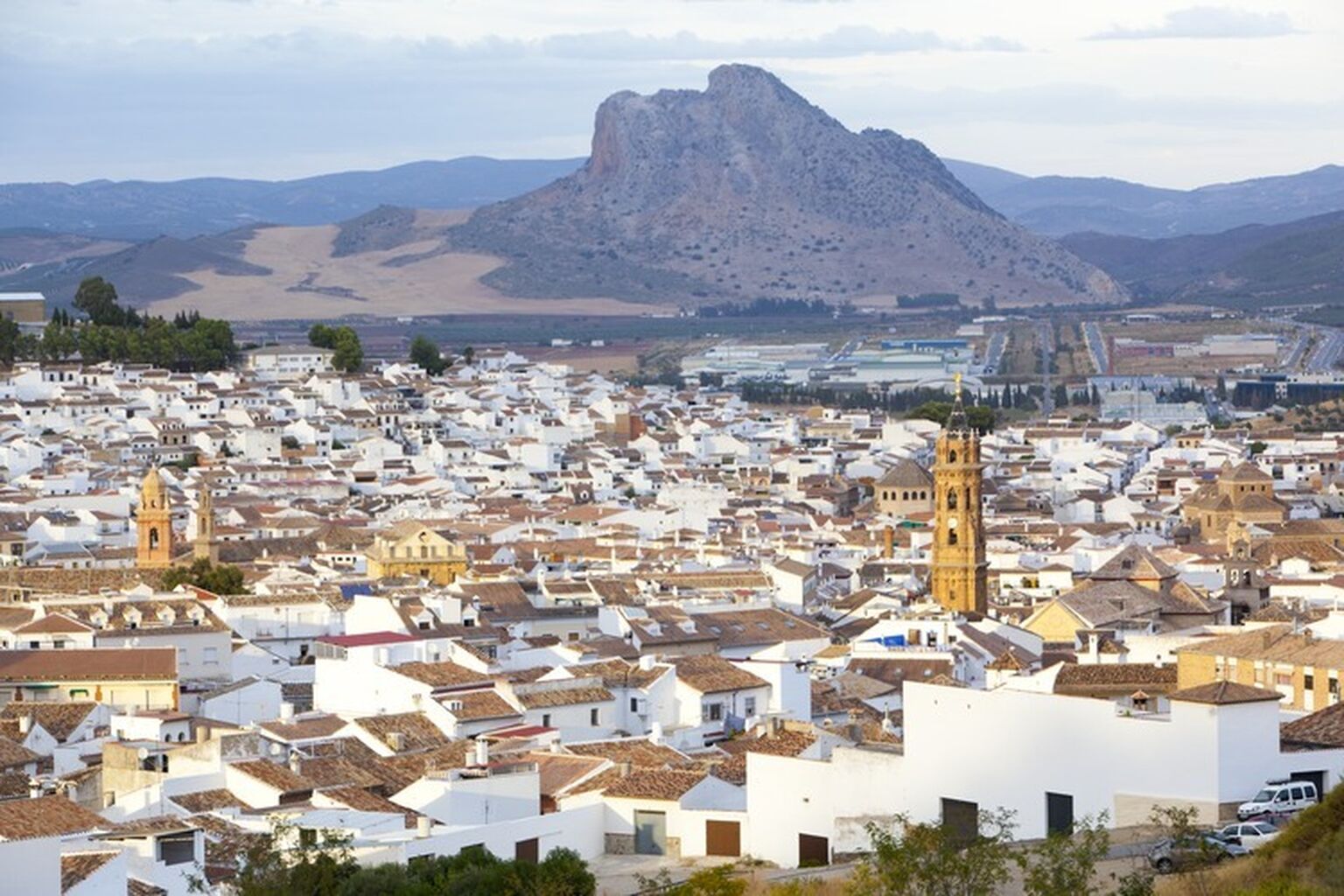
One must not forget to visit the Archaeological Ensemble of the Dolmens of Antequera, three megalithic monuments situated in natural surroundings.
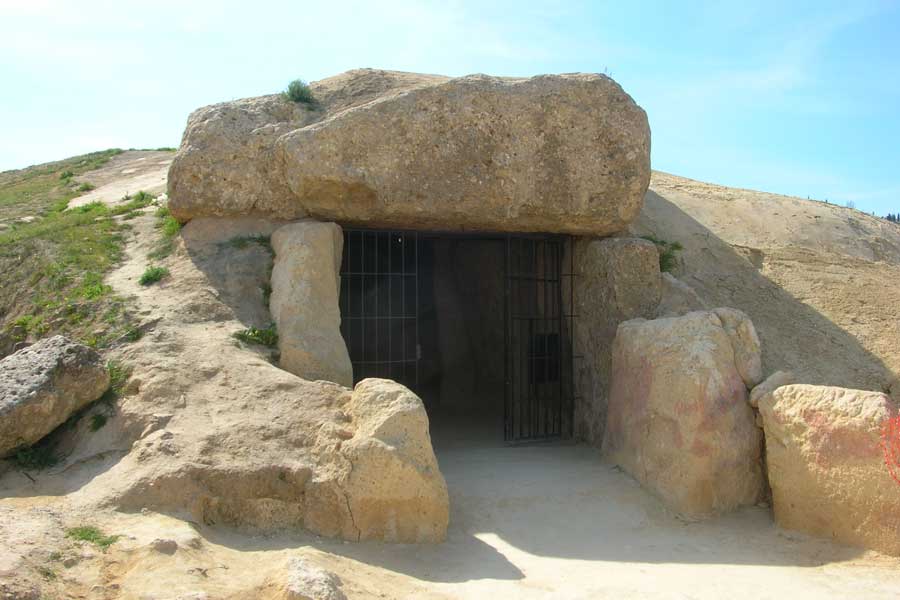
Antequera boasts a bullring, his nickname “Little Maestranza”, because is similar to the Maestranza in Seville.
Finally, notable historical monuments in Antequera include the Arco de los Gigantes, also the Alcazaba from the Arab period, and the Royal Collegiate Church of Santa María la Mayor in Renaissance style, as well as numerous churches and convents.
What do you think of these 5 villages in Málaga? Is there one that you like the most?

